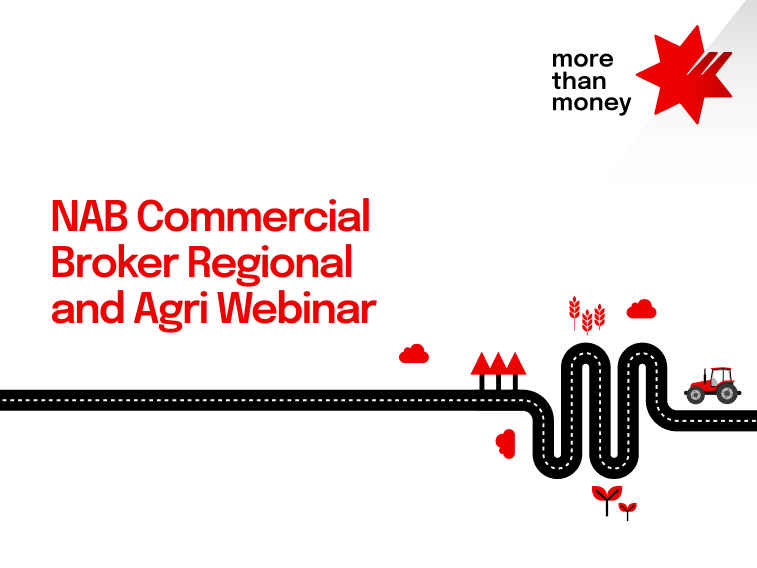An exclusive webinar to help you deliver the best outcomes for your R&A business. Watch now.


Webinar
Farming is in Michael Schembri’s blood – after a short break from the land, he and his family are pulling together to build their investment in a New South Wales poultry farm. Here he talks about the challenges they face and their commitment to ongoing growth.

When he left school, Michael Schembri became an apprentice refrigeration mechanic and worked in the trade for two years. But he and his wife Mary had both grown up on farms and felt the land was in their blood. In 2000, they went back to their roots, buying an existing poultry farm in New South Wales and becoming contract farmers for Inghams Enterprises.
Now Michael, Mary and their four teenage children are all pulling together to build an increasingly successful business.
Returning to farming after a break can pose unique challenges. The Schembris’ first task after rekindling their love of the land was setting realistic expectations. “Farming isn’t like any other profession,” says Michael “I think you really need to love life on the land if you’re going to ride out the highs and lows.”
When the Schembris bought the land they faced the immediate problem of overhauling its infrastructure. “The farm was old and needed a lot of upgrading,” says Michael. It’s not an uncommon issue for farmers buying into land and utilities rather than inheriting them form their own family, but it’s critical to have a very clear understanding of how much upgrading is required and exactly what it’ll cost – as well as an appreciation of the process. “One of our biggest challenges has been getting development approvals for more shedding. That’s a very big, time consuming and costly exercise,” explains Michael.
So far, the Schembris’ approach has been fruitful – the farm has grown considerably. But Michael says there’s still a long way to go. “It’s going to be a gradual, ongoing process. In our industry you’re facing a very high capital outlay so it’s not something you can do overnight,” he says. “We’re committed to building our investment over time.”
The key issue for the Schembris in terms of moving ahead is continuing pressure on prices in a difficult economic environment. Less affluent consumers and pressure from supermarkets is a daunting combination that many agribusiness owners are facing. “When people cut back they generally spend less on food, and that seems to be happening at the moment,” says Michael. “Naturally, the big supermarket chains want to keep their prices as low as they can and that has a knock-on effect – it affects the bottom line on the farm.” When you can’t rely on pricing to deliver, the challenge is all about finding the best approach to cost reduction. “Our own expenses are constantly rising yet we’re trying to grow the same for less,” he adds.
The age-old issue of succession is an interesting one to discuss with a ‘boomerang farmer’. While it’s something that keeps many older farmers up at night, Michael’s outlook is optimistic, given his own experience. His children help out during school holidays and at weekends but, so far, have expressed no particular interest in taking over the farm. “I think that’ll come as they get older,” he says. “After all, I took a break, but I still came back to the land.”
© National Australia Bank Limited. ABN 12 004 044 937 AFSL and Australian Credit Licence 230686.